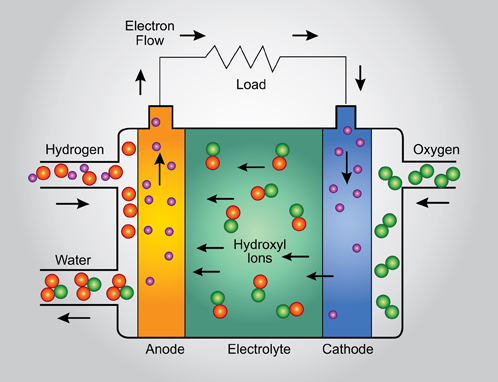Hydrogen purity measurements according to ISO 14687‐2 and risk assessment for fuel cells (WP1)
 The aim of this work package is to understand the real risk of contaminants being found in samples of hydrogen from different production methods and the negative impact of these impurities to a fuel cell system. This work will be progressed alongside the revision of ISO 14687 and the evidence provided by this WP will be utilised by the ISO/TC 197 to justify the revisions (with the aim of enabling the full implementation of the ISO standard). The risk assessment will be performed by combining results from two studies, each providing the probability (of the impurity being present in hydrogen) and the impact (to the fuel cell system). Probability will be evaluated through the combination of production process risk assessment and a measurement campaign of representative hydrogen samples from European producers. The impact will be evaluated through new laboratory tests using complex impurities mixtures on the new generation of fuel cell: Membrane Electrode Assemblies (MEA).
The aim of this work package is to understand the real risk of contaminants being found in samples of hydrogen from different production methods and the negative impact of these impurities to a fuel cell system. This work will be progressed alongside the revision of ISO 14687 and the evidence provided by this WP will be utilised by the ISO/TC 197 to justify the revisions (with the aim of enabling the full implementation of the ISO standard). The risk assessment will be performed by combining results from two studies, each providing the probability (of the impurity being present in hydrogen) and the impact (to the fuel cell system). Probability will be evaluated through the combination of production process risk assessment and a measurement campaign of representative hydrogen samples from European producers. The impact will be evaluated through new laboratory tests using complex impurities mixtures on the new generation of fuel cell: Membrane Electrode Assemblies (MEA).
The measurement campaign will assess the capability of current methods (traceable analysis performed by National Metrology Institutes) to detect trace level impurities in real hydrogen samples. The results of this assessment will help to define which analytical methods have to be developed in WP2 in order to improve the current analytical capability (working range, uncertainty at the tolerance level specified in ISO 14687‐2).
- Task 1.1: Assessment of probability of impurities existing in real samples of hydrogen produced by Steam Methane Reforming process (SMR), electrolysis process and chloro-alkali electrolysis process
- Task 1.2: Assessment of impact of impurities on fuel cell system
- Task 1.3: Risk assessment of hydrogen impurities in fuel cells
WP leader : Dr. Thomas Bacquart, NPL, contact: thomas.bacquart@npl.co.uk

